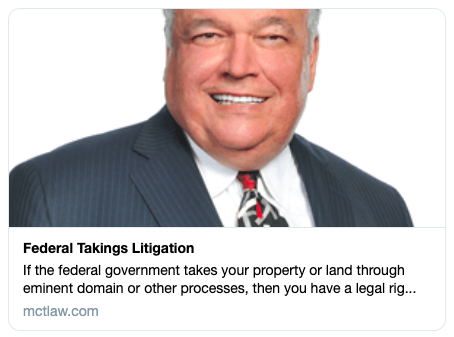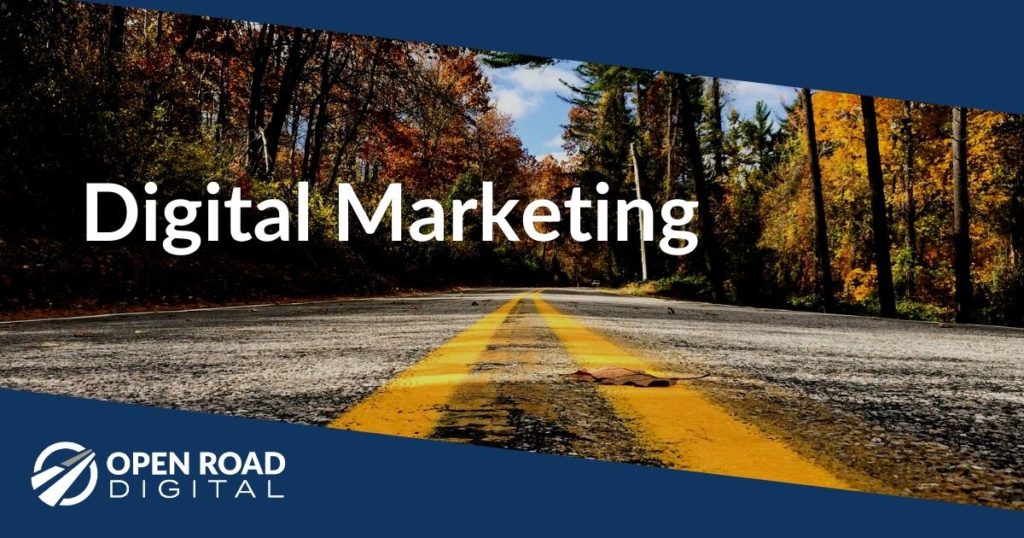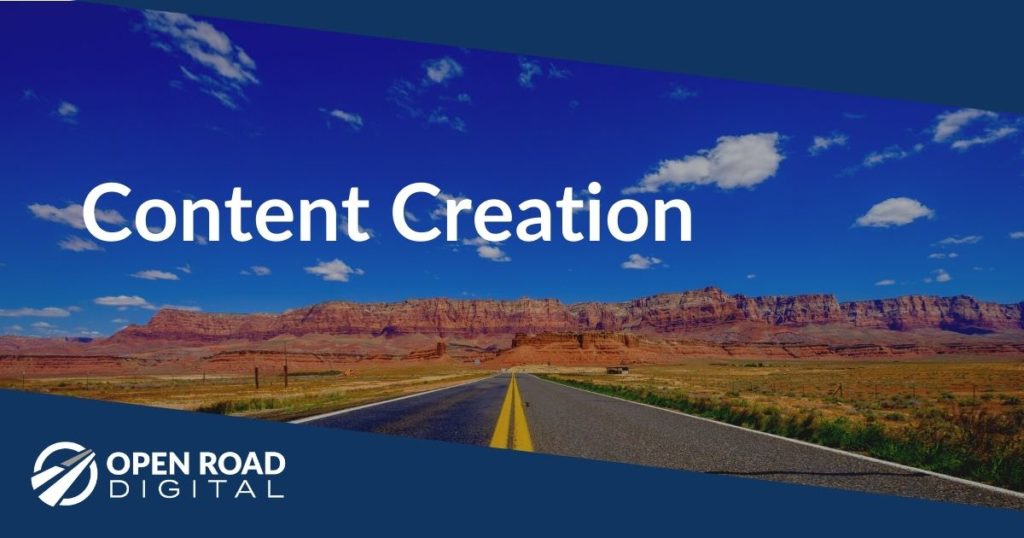Earlier this year I was in Verona, Italy, with its imposing statue of Dante Alighieri. Having recently read Dante’s Inferno in an impromptu book club, it got me thinking: if Dante lived today and was a digital marketer, what would he have to say about, well, Digital Worst Practices? Which would he consign to the Inferno?
Before we dive into that, let’s make one thing clear: no one is doing everything correctly. Including me.
If you want proof, consider The Digital 100, a benchmark report on the performance of the largest 100 UK law firms’ digital marketing, conceived by Simon Marshall of TBD Marketing Ltd. The Digital 100 is coming to the US, too. Yes, the Digital 100 explains what law firms are doing wrong, but it also shows what they are doing right.
States Simon: “Both digital marketing and general law firm marketing are a bit like life – you always feel like you’re climbing a mountain. The trick is to learn to enjoy mountain climbing and don’t forget to pause to take in the view and look back at where you’ve been and where you have left to go.”
So, this Digital Dante list is not meant to be depressing. In fact, when you know what you’re doing wrong, it’s easier to fix the problem. For this reason, at the end of each Worst Practice, I offer up a short “Paradiso Plan” to help you get to Digital Dante’s version of Heaven: improving your website and digital marketing, along with some insight from three marketing professionals: Simon Marshall of TBD Marketing Ltd. in the UK, Stacey Piper of Piper Strategies in Washington, DC, and Shannon Stewart, a veteran B2B marketer now based in Germany.
Digital Marketing Isn’t Easy, But It Is “Straightforward”
Why can digital marketing seem so difficult? There are many reasons why business websites and social media activities don’t follow Digital Best Practices, such as:
- Cultural roadblocks inside a firm
- Ambivalence about using social and digital technologies on the part of an organization’s leaders
- Budgetary constraints
- Not enough hands on deck to address problems that you are well aware of
- Problems that outside vendors (SEOs, ad salespeople, web designers, and others) think are easily solvable, when they are not
- A lack of understanding as to what digital can accomplish for your firm
“I’d add one more to that list,” continues Simon, “and that’s reward systems. No partner ever got extra credit for admitting that their new matter or instruction came in via the website. Even acknowledging that digital plays a part in the buyer’s journey is foreign to most law firms’ culture. We’re at a crossroads now where we either need to admit work does come in that way or acknowledge that we aren’t going to take digital marketing seriously, come what may.”
Here are six Digital Worst Practices that inhibit firms from participating in their buyers’ journeys and winning new business.
6 Digital Worst Practices in Digital Dante’s Inferno
1. Websites That Are Still on HTTP
Having a website on a secure (HTTPS – “hypertext transfer protocol secure”) connection is a matter of security, accessibility, and branding. Even if you don’t run an ecommerce website, you never know where hackers may strike. As Simon points out, “Imagine someone finding their way through your unsecured http connection into a client extranet?”

Another concern: don’t assume your site will be accessible in the future if you aren’t on https. For example, Google, via its Chrome browser, is beginning to shut down connections to http websites. You’ve probably already seen this on occasion: “this site is not secure … go back.” Any resources on your website such as images and PDFs that are still on an http address will be blocked in 2020. Such a scenario, where your website is on https but you have some resources still on http, is called “mixed content” and is already met with the i-inside-a-circle icon in web browsers, as opposed to a secure lock icon.
Finally, it’s a matter of brand identity. If clients come to you because they trust you, getting a “not secure” message conflicts with the brand message. Says Stacey Piper, CEO of Piper Strategies and an expert in government contracting marketing, “I once had a large corporate client who sold IT security solutions to the US government. Needless to say, the first thing we did was get that “not secure” message removed from their website.”
PARADISO PLAN:
Conversion to https is not a nightmare, but it’s also not necessarily a matter of simply “flipping a switch.” The larger the website, with more content, the more complex a conversion may be, because every resource (images, PDFs, etc) on the website have their own URL.
A web developer can help you review your web hosting environment to obtain an SSL/TLS certificate which provides an https connection. It’s best to move to https, and then clear up any mixed content issues that may arise.
2. Not Creating Metadata for Your Website
Say the word “metadata” and most people’s eyes glaze over. And why not? It’s a weird term. But ignoring metadata definitely belongs in Dante’s Internet Inferno.
Metadata is quite simple. It is text and images assigned to each page of your website that you craft so the metadata appears online in two places:
- In search results, and
- On social media, when either you or someone else shares your blog posts or web pages
For search metadata, imagine that your web page appeared adjacent to a competitor’s web page in results for the search “white collar defense attorney money laundering.” Based on these search results, who would the searcher be more inclined to contact – you or your competitor? In the two examples below, I maintain that people would be more likely to contact the first attorney, who, through the crafting of their metadata, is appealing to the natural fears of the accused. The second example isn’t “wrong,” but it’s clear that the search metadata for this web page would appeal to someone interested in the history of white collar crime, not someone seeking legal representation.


But what about when you – or better yet, someone else – shares some of your website/blog content on social media? Many very large firms and companies don’t pay attention to how their website content will appear on social media. Social media metadata consists of a Title, Description, and an Image.
The three examples below show how three different web pages about Takings Law appear when they are shared on social media:
- The first page has no metadata Image, but does have a Title and Description
- The second web page has all three: Image, Title, and Description, but the Image is not relevant to the topic
- The third example shows metadata (Image, Title, and Description) that are finely crafted with the goal of getting people to click on the link
On too many web pages, no social media metadata is identified at all, leaving just a mysterious link to click. These days, people are likely to view “naked” links like that as a source of spam or viruses. At that point, your digital marketing has failed!
PARADISO PLAN:
The name of the game is enticement: encourage people to click on your content with great metadata. Most websites have metadata plugins or features that allow you to craft metadata. If you use a WordPress site, I suggest enabling a plugin like Yoast which makes managing metadata quite fun. Second, be sure you customize your metadata to your target audiences and craft images to entice readers. There are cost-effective ways to create effective, on-the-fly images (including at optimal sizes), such as Canva.
3. Thinking “Text Only” Content Marketing
I love reading articles. Sometimes I use the browser’s Find function to get right to the information I need within an article. But let’s face it: there is a LOT of web copy out there. Not using visual content might be holding you back.
In other words, don’t be like Jack Nicholson’s unfortunate character in The Shining and get carried away with being “dull.”
At a recent Google Webmaster Product summit at the Googleplex in Mountain View, California, Holly Miller Anderson, Product Manager and SEO at Macy’s, observed that Google “is noticing users are coming to the Image Search tab to find web pages.” That’s right: if you create and publish relevant images, image search results may help people find your web content.
So, I suggest creating:
- infographics
- explainer videos
- webinars
- photo essays (easily consumable content that reminds audiences that you are there)
- charts and other data
Now, remember: when Google crawls your website, it cannot identify the content of images on your site. That’s why “Alt Text” metadata should be attached to every image on your website – Google labels your image based on the Alt Text you set. For example, if you added client logos to your site, or images for case studies, describe what those are in the metadata of the images. Google then crawls this Alt Text metadata and adds it, with the images, to its search index.
Here is a mantra I like to repeat: “Online, no one reads anything. They just look at stuff.”
Nicholas Kosar
Creating graphics – and even infographics – is becoming easier with Cloud tools like Canva. Many articles and blog posts can be distilled down to graphic form and disseminated to your audiences. Explainer videos are another content area that is being democratized through technology.
The bottom line here is a mantra I like to repeat: “Online, no one reads anything. They just look at stuff.” Or put differently, entice people to look first, and then they might read more.
PARADISO PLAN:
Rethink the content you are already producing. How can you turn an article into an infographic? Or a listicle into an infographic? If video creation seems too much for you right now, try using existing video – even from outside your firm – and embed those into your website content for some value-added excitement.
If you do create infographics, be sure to attach Alt Text metadata to these images.
4. Treating Social Media as “Broadcast” Media
There are celebrities who have huge audiences. So they tweet and millions respond. But that’s the exception. In reality, there is no such thing as having your article or tweet “go viral” – it’s a fantasy that anything like this will happen.
It’s understandable that, when you share something on social media, you want everyone to see it. But in truth that rarely happens, simply because the algorithms on social media platforms won’t share your content with all your Followers. For example, only about 2% of a brand’s Followers will actually see what a brand shares on Facebook. Pretty depressing!
“Marketing online is largely about cultivating relationships. It’s a human-to-human exercise.”
Shannon Stewart
So what works? Participating works. “Listening” to others works. Yes, it’s important to share your own content, and thought leadership, and expertise out there. But people will pay more attention to you if you’ve already been paying attention to them.
Shannon Stewart, a Berlin-based veteran marketer in B2B sectors, says, “Marketing in the professions – legal, accounting, consulting, and the like – is largely about cultivating relationships. It’s a human-to-human exercise. I think a healthy approach is to never assume that an online audience is waiting to read everything you publish. If you truly act ‘social’ on social media you will connect with the right audiences.”
“Acting social” means reading, liking, commenting, and sharing other people’s content, not just your own. It also means creating content that involves others, and tagging those people in your social media posts. When you tag them, they pay attention.
PARADISO PLAN:
Make a commitment to Listen more online: Put the Twitter or LinkedIn apps on your smartphone and then make the time to scroll through the content and activity of those you follow or are connected with. (For example, do this while you are waiting in line at a store or casually watching tv.) Read their content, add constructive value by commenting, and like and share their content where it meshes with your own work and interests. Your peers will appreciate it, you will learn something, and better business relationships will develop.
5. Not Measuring and Analyzing Your Digital Activity
Measurement of digital and website activity doesn’t happen enough. I think most marketers are guilty of this: you’re so focused on content creation that it leaves little time to analyze.

But, as Simon of Digital 100 states: “What you don’t measure, you can’t manage. There’s great data available across firms’ marketing spectrums, and it’s time to take advantage of that data, and refine your approach to marketing, much like a Formula One team would.”
This is not just about telling the bosses how many people visited the website last month. Metrics can offer answers to important questions, such as:
- How many people clicked on that particular Landing Page you were promoting during that event?
- When people clicked on that page, which other links did they visit, and which links were most popular?
- How long did visitors stay on each page?
Insights such as these can help you improve your strategy, your content, and the user experience on your website.
For example, at one of the AmLaw 100 firms where I was member of the marketing team, we were able to track click-throughs on a major email campaign and then compare that data to our client revenues. It turned out that clients worth $61 million in revenue the previous year had clicked on our campaign. At the very least, we knew that we were connecting with our existing client base.
PARADISO PLAN:
A great starting point is to do a digital audit. Beyond that, register your site with Google Analytics. If you are already registered, start analyzing your page content traffic, especially as it relates to specific strategic marketing campaigns. Set up “goals” that help you determine how people are behaving on your website. Digital analytics is not just about claiming “success” – it’s about learning so that you can improve your efforts.
6. No Landing Pages and No Calls to Action

A recent digital marketing survey by Calibrate Legal and Infinite Global revealed that law firm marketers spend only 11% of their time creating landing pages. There is a real competitive advantage to be had by focusing on landing pages.
What is a Landing Page? Well, any webpage is a landing page, technically. But, a truly valuable landing page focuses strategic content and thought leadership into one central digital location on a website. Characteristics of a landing pages include:
- Strategic content focused on a niche. This is not about “white collar law” but about “defending corporate executives in SEC and DOJ stock-trading investigations”.
- Thought leadership content is “grouped” around a landing page. For example, all blog content related to your niche topic should appear on your landing page.
- Calls to Action should be an integral part of the page, whether they are buttons to sign up for a related email newsletter or gated content such as white papers and survey results.
- “Contact Us” opportunities – key personnel bios and contact information should be available for landing page visitors.
It just so happens that the above characteristics are great SEO best practices, which leads to higher search rankings. A landing page also is the perfect candidate to track in your digital analytics. After all, a high-performing landing page can give the best return on your digital marketing investment.
PARADISO PLAN:
Go beyond treating your website like a static online brochure. Collect all your existing content around a particular niche topic. Write a comprehensive explanation of this expertise – that will be your core landing page content. Then, “group” your existing blog and other content in your landing page, for example, as sidebar content. Finally, be sure to give page visitors someone to contact on the page.
The truth is, no one wants to spend time in Dante’s Inferno. By following Best instead of Worst Digital Marketing Practices, you’ll find what Dante says about his tour of Heaven, or Paradiso:
“From a little spark may burst a flame.”
Dante Alighieri, Paradiso







